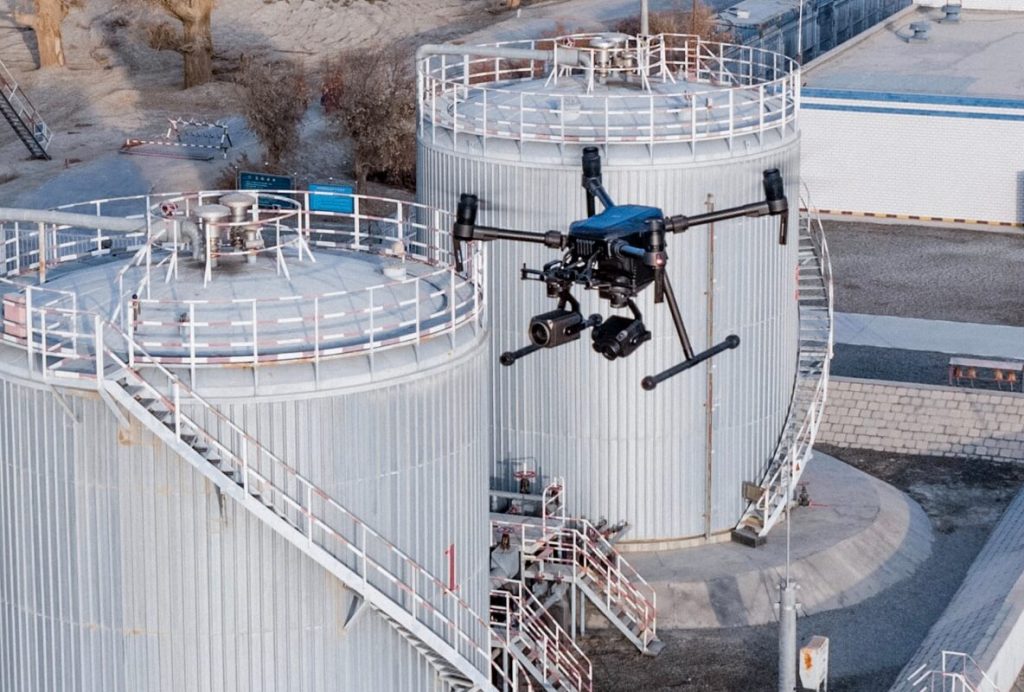In recent years, the industrial landscape has witnessed a profound transformation, thanks to the emergence of cutting-edge technologies. One such innovation that has revolutionized the way industries conduct inspections is industrial drones. These flying marvels are pushing the boundaries of what was once humanly possible in the realm of inspections. With their unmatched agility, precision, and versatility, industrial drones are taking industries to new heights. Traditionally, inspections in industries such as construction, agriculture, energy, and infrastructure were labor-intensive and time-consuming affairs. Human inspectors often had to scale heights, venture into hazardous environments, or manually survey vast expanses of land. This not only posed significant safety risks but also limited the frequency and thoroughness of inspections. Industrial drones have transformed this scenario by offering a safer, more efficient, and cost-effective solution.

One of the standout features of industrial drones is their ability to access hard-to-reach areas. In construction and infrastructure, for example, drones can effortlessly inspect towering structures and bridges, capturing high-resolution images and videos. These visual data provide engineers with valuable insights into the structural integrity, wear and tear, and potential maintenance needs. This level of access and detail was previously unattainable without putting human lives at risk. In agriculture, drones have become indispensable tools for precision farming. Equipped with advanced sensors and cameras, they can monitor crop health, detect pest infestations, and assess irrigation needs with unparalleled accuracy. The result is not only increased yield but also reduced pesticide use and water wastage, contributing to sustainable farming practices.
Energy industries, too, have harnessed the power of drones. In the oil and gas sector, drones can inspect pipelines, offshore platforms, and refinery equipment, mitigating the need for costly and hazardous manual inspections. These drones are also instrumental in renewable energy, as they can inspect wind turbines and solar panels to ensure optimal performance and longevity. The versatility of industrial drones extends to disaster management as well. In the aftermath of natural disasters such as earthquakes or hurricanes, drones can swiftly survey affected areas, providing real-time data to aid in search and rescue operations. This rapid response capability can save lives and minimize damage assessment time. Moreover, the integration of artificial intelligence AI and machine learning with industrial drones is elevating their capabilities even further.
This enables industries to make data-driven decisions promptly. For instance, AI can identify structural anomalies in buildings, predict equipment failures, or monitor environmental changes in real-time and read more here https://atslab.com/camera-inspection/industrial-drone-inspection/. Despite the undeniable benefits of industrial drones, their adoption has raised concerns about privacy, security, and regulatory challenges. Striking the right balance between reaping the advantages of drone technology while addressing these issues remains a key challenge for industries and governments. In conclusion, industrial drones have opened up a world of possibilities in inspections that were once considered beyond human limits. They have not only improved safety but also enhanced the efficiency and precision of inspections across various industries. With ongoing technological advancements and regulatory developments, the power of industrial drones is only set to grow, promising a future where human limitations are continuously pushed aside in favor of these aerial marvels.